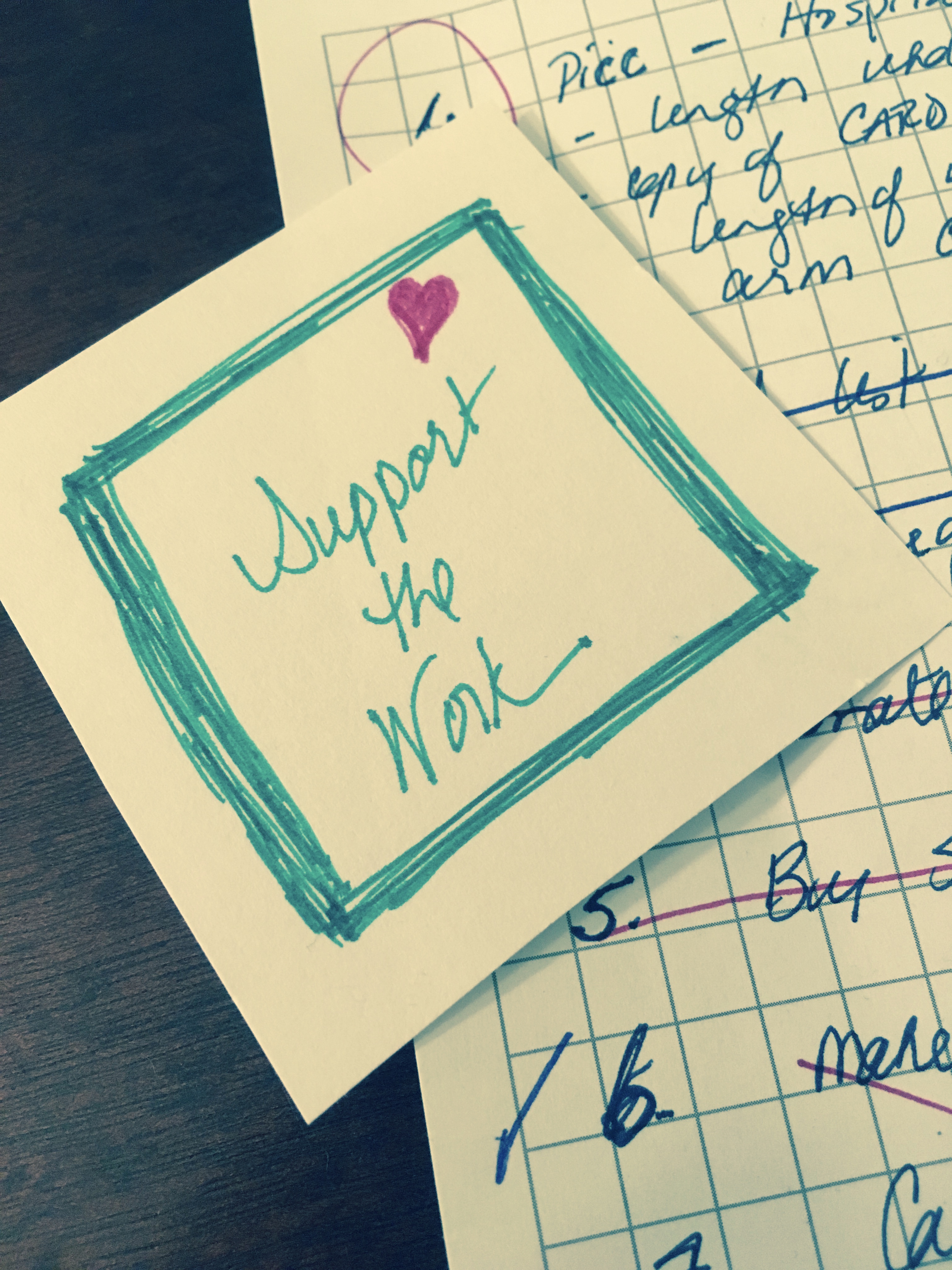Be True to Your Heart, Dear Celiac
 Friday, February 15, 2013 at 7:59PM
Friday, February 15, 2013 at 7:59PM  Elisabeth Veltman, The Tender Foodie tagged
Elisabeth Veltman, The Tender Foodie tagged  Brandy Wendler,
Brandy Wendler,  Mrs. Alaska,
Mrs. Alaska,  celiac disease and the heart,
celiac disease and the heart,  grain-free eating
grain-free eating  Email Article
Email Article  Print Article in
Print Article in  Celebrity Chefs,
Celebrity Chefs,  Health,
Health,  Volunteer / Causes
Volunteer / Causes 
A "hearty" welcome to new guest blogger, Brandy Wendler. Brandy is an Acute Care Nurse Practitioner at a local hospital in Anchorage, Alaska. Before obtaining her master's degree from Emory University, she worked in one of the top cardiovascular ICU's in the nation. She was diagnosed with celiac disease in 2009, and has been promoting awareness for heart health & celiac disease as Mrs. Alaska 2012, and Mrs. Northwest International 2013. Welcome Brandy!
BY GUEST BLOGGER, BRANDY WENDLER, RN, MSN, ACNP-BC
For many people, February is the month of love and romance but as a former cardiovascular ICU nurse, February is a month to raise awareness about all things heart related. The American Heart Association (AHA) chose February as National Heart Month because we tend to focus a little too much on our emotional "heart" this time of year and forget about the real organ nestled in our chest and how it is affected by our lifestyle choices. Did you know that heart disease is the #1 killer of men and women? 1 in 30 women will die of breast cancer but 1 in 3 women (as well as men) will die of a heart-related illness.
Celiac Disease & Heart Health
So, why write about this on an allergy-related blog? Well, Celiac Disease is an autoimmune disorder that is triggered by the ingestion of gluten proteins (like gliadin and glutenins), found in grains like wheat, barley, and rye. Gluten proteins actually have a strong connection with heart-related illnesses. Celiac Disease is a genetic disorder that in general carries an increased risk for other illnesses but, research suggests that Celiacs are 30% more likely than the general population to die of an illness associated with the heart and vascular system. The reason behind this is summed up in one word: Inflammation.
Celiac Disease is an inflammatory disorder that occurs in the gut when gluten is ingested but that inflammatory response doesn't just stay in the intestines, it is carried by your blood throughout your body. When inflammation occurs in the blood vessels, whether it is due to conditions such as high blood pressure, inflammation, or smoking, damage to the vessel wall occurs. In an attempt to repair the damage, the body will send out elastin, fibrin, fat and cholesterol to make a patch on the damaged area. This is what doctors typically refer to as plaque (see the picture below.) and is the basis of most heart disease.

The plaque, once formed, can be “sticky” and attract more cellular debris and fatty cholesterol (LDL or “bad” cholesterol) which may deposit on to it further narrowing the arteries and making blood flow difficult. Blood, as you may know, delivers oxygen and nutrients that are vital for your muscles and organs to function. When a blood clot goes through these narrowed vessels, blood flow can be cut off completely. When a clot occurs in the smaller vessels of the heart, a heart attack occurs, and when it happens in the brain, a stroke may occur.
The good news for those with Celiac Disease is that once you are stable on the gluten-free diet, your risk returns to that of the general population. However, as mentioned above, 1 in 3 people will die of a heart-related disease.
Care For Your Heart Beyond Gluten
So, how do you help your heart and decrease your chances of a heart-related illness? The first step is to know your risk factors. These are divided into two categories: modifiable and non-modifiable.
|
Modifiable |
Non-modifiable |
|
High Blood pressure |
Age |
|
High Cholesterol |
Gender |
|
Obesity |
Genetics/Heredity |
|
Physical Inactivity |
|
|
Smoking |
|
|
Poor diet |
|
|
Diabetes |
|
|
Stress |
|
Look at the table above and focus on the left column. These are the items that you have control over and are within your power to change. We never got a choice on whether we wanted food allergies or not but we do have a choice about decreasing our heart disease risk. Notice how almost all the risk factors on the list can be traced back to diet? The next step to decreasing your heart health risk would be a proper diet. Diet is about 80% of our health and a proper diet will decrease blood pressure, cholesterol, and weight as well as control diabetes and help you manage stress. If you think about it though, the majority of food found at the grocery store that is labeled or marketed as “gluten-free” (or even “allergen-free”) is high in sugar, fat, salt, and calories in order to compensate for lack of taste and a different texture. All of these added ingredients are bad for our heart and health in general.
However, as a person with food intolerances or allergies we are already programmed to analyze the food we ingest. This is good news because we have already gained the skills necessary to help us on our road to health and wellness. Try starting small. If you are craving something crunchy, try eating unsalted nuts instead of potato chips. Want something sweet? Have some fruit instead of candy, chocolate, or cookies. Use herbs and spices in place of salt to give food flavor and use natural sweeteners such as liquid stevia (powdered has too many additives), agave, maple syrup or honey instead of refined sugars. Prepare snacks and meals ahead of time as well. That way, when hunger hits you will be prepared and make better choices. You don’t have to make sweeping changes all at once but small steps and little modifications over time add up! After all, you didn’t learn what foods to avoid for your allergies all in one day.
So this month, be good to your heart in more than one way and make choices that will keep your heart happy for the rest of your life, not just on one day!
For more information on a heart healthy lifestyle visit www.heart.org.
About the Author
Brandy Wendler, RN, MSN, ACNP-BC, Mrs. Alaska 2012, Mrs. NW International 2013Brandy Wendler, Mrs. Northwest International 2013, is an Acute Care Nurse Practitioner at a local hospital in Anchorage, Alaska. Before obtaining her master's degree from Emory University, she worked in one of the top cardiovascular ICU's in the nation. She is married to the love of her life, Capt. John Wendler, a pilot in the United States Air Force.
Brandy was diagnosed with Celiac Disease four years ago and has been honored to represent her platform "Against the Grain: Raising Awareness for Celiac Disease" for the past three years. She created a website,www.livingwithoutgrain.com, to support Alaskans on a gluten-free diet and organized the only support group in Alaska to encourage those living a gluten-free lifestyle. She also designs gluten-free menus for restaurants and has a personal blog, www.brandywendler.blogspot.com. You may remember her as Mrs. Alaska International 2012, a title she proudly held will promoting Celiac Disease awareness through her platform.
Additionally, Brandy is an active volunteer with the Heart Association and enjoys raising money for the organization as well as administering heart health checks and educating community members about a heart healthy life-style.





















